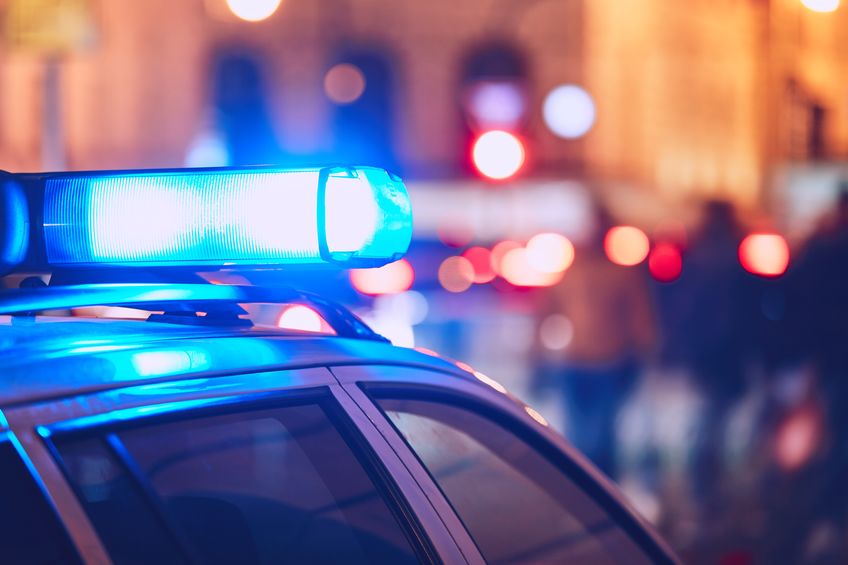It’s late, it’s dark, and there’s nobody else on the road. You’re in a lonely area. Suddenly you see blue and red lights flashing and hear the blip of a police car siren. Are they rushing past? Are they signalling you? Are they pretending to be the police? What do you do?
“Vehicles displaying a red or blue light (or a combination thereof), have absolute right of way”, reports MiWay, “when it’s safe to do so.”
That said, it continues that “National Road Traffic Act requires a motorist to immediately stop for a traffic officer in uniform.”
The thing is, things can get out of hand and it may not be safe to stop immediately. Hijackers could be dressed as police. Police could mistake a compliant citizen for a criminal. A recent video of a tense exchange in one such situation prompted Justice Project South Africa (JPSA) to withdraw its support for the “Blue Light Protocol”. There are plans to redraft it.
Blue light what?
VOC FM reports that Blue Light Protocol was a joint effort developed by JPSA and the Road Traffic Management Corporation in 2013. It attempted to combat the prevalence of “blue light gangs” – criminals pretending to be police in order to committing crimes against motorists.
Confusion, and no conclusion
In February 2020, MyBroadband reported that, “in December 2019, the national spokesperson for SAPS, Vish Naidoo, said that the Blue Light Protocol does not exist – despite it having been on the Arrive Alive website since November 2013 .
“If police tell you to stop, you must stop,” said Naidoo. “People must stop undermining the authority of the State”.
MyBroadband further explains that “a revised protocol has since been developed and was submitted to the Police Ministry by anti-crime activist Yusuf Abramjee for consideration; however, no feedback on this protocol has been provided by SAPS.”
Blue Light Protocol in action
In accordance with the protocol “that does not exist”, a motorist being signalled by a police vehicle would:
- Give way if that’s the request and if it’s safe to do so. It’s not safe to pull over if there are pedestrians walking in the yellow line, or cyclists on your left.
- Immediately slow down to show awareness of what’s happening.
- Put on the hazard lights, or, if pulling over to let the police pass, use indicators to signal so.
If being signalled to pull over by a branded police or traffic police vehicle, a driver would:
- Indicate to authorities that they are moving to a place with more people or that’s better lit Wheels24 suggests “extend your right arm out of the window and with an outspread hand extended into the air with your forearm at 90 degrees from your shoulder.”
- Wheels24 further suggests that a driver being asked to pull over by traffic police “drive at no more than 40 km/h and proceed directly to the closest police station or public place with CCTV cameras in operation.”
- Stop where it’s legal (or you may be fined for this).
- Have a driver’s licence ready for inspection.
Additional safety suggestions
As long as you follow the law first, these extra moves do not violate the National Road Traffic Act or the Blue Light Protocol:
- Once you have slowed and signalled that you are pulling over (required by law), use your hands-free to speed-dial emergency services on your mobile on 10111. Let them know you are being followed and asked to pull over. Give the registration number of your vehicle and the vehicle trailing you. Give your exactly location if you can. Ask them where the nearest police station is. Drive to that if you can.
- If there’s time, call the your local police station (on its landline) as well. Report the same information to them.
- Introduce yourself politely and ask the officer’s name just as politely.
Rule of thumb – regardless of the law or protocols
Remember: always keep calm. The authorities are under immense pressure and a roadblock or random check can be very stressful for drivers and passengers alike. To limit emotional outbursts or miscommunication, try to speak clearly and kindly. Answer all questions promptly. Do not resist, use force or aggression. Respect goes a long way to protecting everybody in a tense situation.



